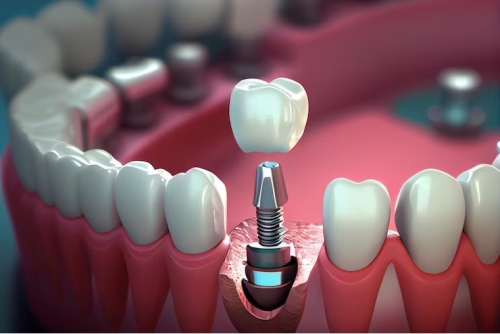When it comes to treating uterine fibroids, patients often face a choice between two prominent options: Uterine Fibroid Embolization (UFE) and hysterectomy. Both procedures aim to address the symptoms caused by fibroids, but they differ significantly in their approach, invasiveness, and long-term impact. Understanding these differences can help you make an informed decision about which treatment is best suited to your needs.
Uterine Fibroid Embolization (UFE)
UFE is a minimally invasive procedure that targets the blood supply to fibroids, causing them to shrink and eventually die. During the procedure, a small incision is made in the groin or wrist, and a catheter is guided through the blood vessels to the uterine arteries. Tiny particles are then injected to block the blood flow to the fibroids. Over time, this reduces the size of the fibroids and alleviates related symptoms, such as heavy menstrual bleeding, pelvic pain, and pressure.
One of the key benefits of UFE is that it preserves the uterus, making it an attractive option for women who wish to maintain their fertility. Additionally, the recovery time for UFE is relatively short, with most patients resuming normal activities within a week. The procedure is also associated with fewer complications compared to more invasive surgeries, such as a hysterectomy.
Hysterectomy
A hysterectomy involves the surgical removal of the uterus and, in some cases, the cervix, ovaries, and fallopian tubes. This procedure is considered a definitive solution for uterine fibroids, as it completely eliminates the possibility of fibroid recurrence. Hysterectomy can be performed through various methods, including abdominal, vaginal, or laparoscopic surgery, depending on the patient's condition and the surgeon's recommendation.
While hysterectomy is highly effective in resolving fibroid-related symptoms, it is a major surgery with a longer recovery period compared to UFE. Patients typically require several weeks to fully recover, and the surgery carries the risks associated with any major operation, such as infection, blood clots, and complications related to anesthesia.
A significant consideration with hysterectomy is that it permanently ends a woman's ability to conceive. For women who are done with childbearing or who suffer from severe symptoms that have not responded to other treatments, a hysterectomy may be the best option. However, for those who wish to retain their fertility or who prefer a less invasive approach, UFE may be more appropriate.
Making the Decision
Deciding between UFE vs hysterectomy involves weighing several factors, including your age, desire for future pregnancies, the severity of your symptoms, and your overall health. It's crucial to discuss your options with a healthcare provider who specializes in fibroid treatment. They can help you understand the potential outcomes of each procedure and guide you in making the best choice for your situation.
While UFE offers a less invasive option with a quicker recovery time and the potential to preserve fertility, hysterectomy provides a permanent solution with no risk of fibroid recurrence. Ultimately, the decision should be based on your individual needs and medical circumstances.












